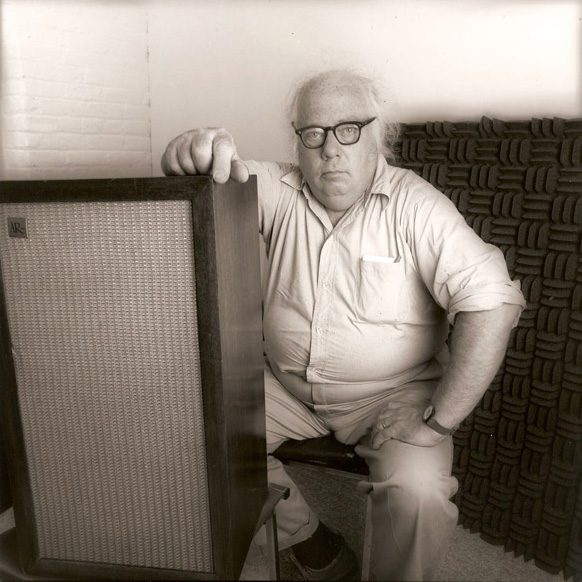
In the sleepy town of Altoona, Pennsylvania, during the twilight of the Roaring Twenties, a future luminary of sound, Henry Kloss, entered the world. Born on February 21, 1929, Kloss was handy with tools from a young age. In his childhood, he was known for his precocious building skills, adding fixtures and even rooms to the tiny cabin he shared with his mother and two sisters.
Kloss’s playground wasn’t the typical sandbox or baseball diamond, but a wonderland of wires, tubes, and the guts of radios. Born in an era when radio was king, a time when families gathered around the radio like we cluster around our flat-screens today, he grew up deeply influenced by the technological marvels of his time.
From his early years, Henry Kloss was not just captivated by radios but became deeply engrossed in understanding and improving their sound quality. His childhood bedroom in Altoona transformed into a makeshift lab, where he experimented with the mechanics of sound, going beyond simply enjoying the stories transmitted through the airwaves.
Kloss’s journey to MIT in 1948 was a significant step in his pursuit of audio excellence. While at MIT, he showcased his woodworking skills, building casings for Baruch-Lang speakers designed by an MIT professor and his students. These early projects were sold by mail order from his Cambridge loft, illustrating his entrepreneurial spirit even during his student days.
His tenure at MIT, though brief and without a degree, was pivotal. In 1953, while working part-time for a building contractor, Kloss was drafted into the Army during the Korean War. This led to him leaving MIT before completing his degree. However, his passion for audio technology continued to thrive. While stationed in New Jersey, Kloss took a night course on high fidelity at New York University, taught by Edgar Villchur, who later became his business partner and collaborator.
These formative years were Kloss’s overture, a prelude to a life that would be dedicated to transforming the realm of audio technology. It was in these years that the seeds of his future innovations were sown, setting the stage for a revolution in sound, with Kloss at its center.
The KLH Era: Changing the Game in Audio
In the late 1950s, a seismic shift was about to hit the world of audio technology, and at its epicenter was Henry Kloss with his new venture, KLH. The name KLH, an acronym formed from the last names of its founders – Henry Kloss, Malcolm S. Low, and Josef Anton Hofmann – was about to become a byword for innovation in the sphere of high-fidelity sound.
KLH’s first significant innovation was the Model Eight FM radio, produced from 1960 to 1965. This groundbreaking radio, Kloss’s first, featured a hand-wired chassis and seven tubes. Its early cabinets were made of solid walnut, transitioning later to veneered wood, reflecting Kloss’s commitment to both quality and aesthetics.
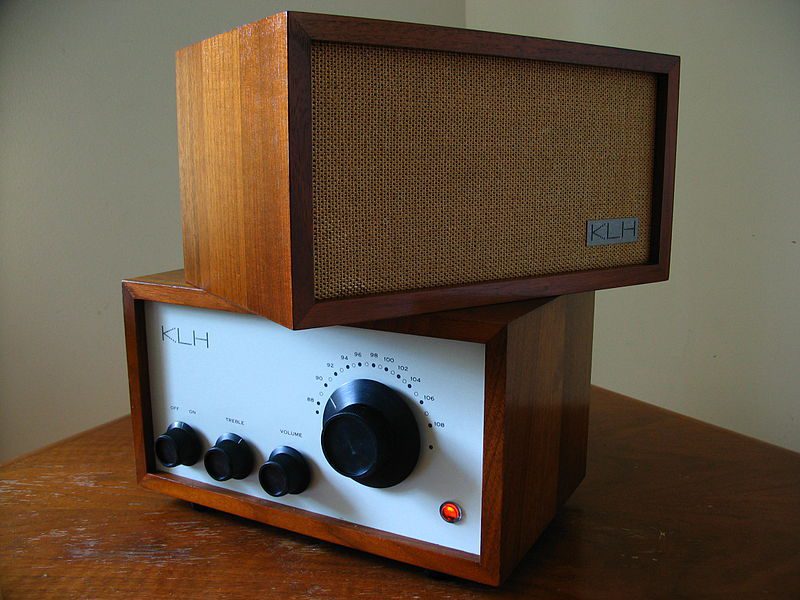
Kloss’s journey into loudspeaker design was equally groundbreaking, culminating in the development of the acoustic suspension loudspeaker system. This innovative design, offering refined and precise sound, marked a departure from the bulky loudspeakers of the era. The Model Six and Seventeen speakers, introduced in 1958 and 1965 respectively, were monumental successes. The Model Six, in particular, showcased Kloss’s innovative approach with its 12-ply 3/4″ plywood construction and exceptional sound quality.
KLH, under Kloss’s leadership, was known for its consistency, with each speaker unit performing within +/- 1db of the prototype. The 1960s saw KLH transition to removable woofers and tweeters, incorporating changes in crossover design and grille cloth, marking a significant evolution in speaker technology.
In addition to these speaker innovations, KLH also expanded its product line to include component tuners, amps, and receivers, with turntables supplied by Garrard and Dual, and tape decks built in-house and by Advent and Nakamichi. This diversification exemplified his commitment to providing a complete high-fidelity audio experience.
Kloss’s vision extended beyond high-quality audio equipment to making it accessible to the broader public. The KLH Model Eleven portable turntable, the iPod of its era, brought stereo records to a wider audience, democratizing high-fidelity sound.
Advent Corporation: Democratizing High Fidelity
In 1967, amidst a time of cultural upheaval, Henry Kloss founded the Advent Corporation in Cambridge, Massachusetts. This venture was not just another company but a revolution in high-fidelity audio, aiming to make high-quality sound accessible to all music lovers.
Advent began with the Advent Loudspeaker, a product that redefined industry standards by offering a level of fidelity comparable to the most expensive models at a much more affordable price. The Advent Loudspeaker, later known as the Larger Advent after the introduction of The Smaller Advent Loudspeaker, utilized a two-way acoustic suspension design with a 10-inch woofer, delivering a rich bass response unprecedented in its price range. This speaker system rivaled the sound of the top-line AR Model 3a but was only about half the cost.
Advent’s product line was diverse, including different versions of the 2-way Advent, such as the “New” Advent Loudspeaker, Advent/2, Advent/3, 4000 series, and 5000 series. These models were offered in both wood veneer and vinyl-covered “utility” cabinet versions, which, while different in appearance, were acoustically identical.
The secret sauce of the Advent Loudspeaker was its use of the two-way acoustic suspension design and a larger woofer, which allowed for a more accurate, rich bass response than what was typically available in its price range. This speaker wasn’t just about specs; it was about an experience. It made high-fidelity sound not a luxury, but a standard, reshaping consumer expectations.
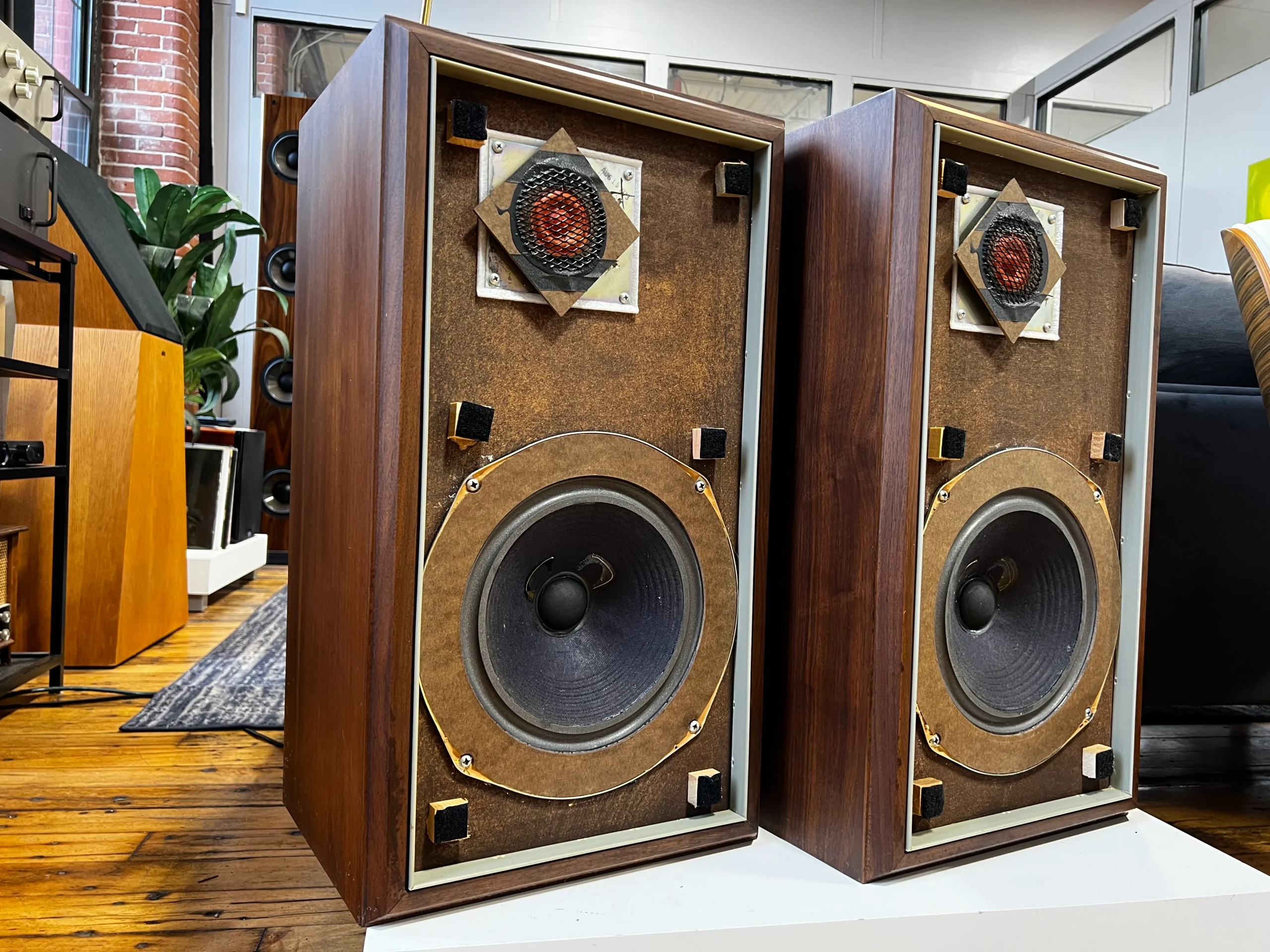
Kloss also significantly improved the fidelity of cassette tapes, originally developed for voice dictation. The Advent 201 model, introduced in 1971, incorporated Dolby B noise reduction and chromium dioxide tape, making it the first popular high-fidelity cassette deck. The Advent 201 was a game changer, successfully competing against more expensive reel-to-reel decks.
In 1972, the Advent VideoBeam was released, the first large-screen projection television for home use. This plug-and-play system projected both picture and sound from its base towards a curved screen, providing a clear, well-defined, and bright viewing experience. The VideoBeam, with a 7-foot screen, 180 watts power consumption, and a fixed focal distance of 100 inches, used cathode ray tube technology with a rear-facing 3″ phosphor screen and a collimating mirror, offering an easy-to-install cinematic experience in the living room.
The impact of the VideoBeam was profound. It challenged the notion of home entertainment, morphing it from a passive activity into an immersive experience. Kloss, with his typical flair for combining technical innovation with practical application, had once again rewritten the rules, this time in the video domain.
Despite these innovations, Advent Corporation faced challenges. It closed its Cambridge factory in 1979 due to high labor costs, laying off most of its 650 workers, and moved production to New Hampshire. However, the company struggled to thrive and eventually declared bankruptcy in March 1981. Kloss Video Corporation, a spin-off founded by Kloss in 1977, focused on increasing the efficiency of projection TVs with the invention of the Novatron tube but faced increasing competition from Japanese manufacturers, eventually leading to its shutdown.
Henry Kloss’s tenure at Advent marked a period of prolific creativity and widespread impact. He crafted a legacy that resonated through the ages, with the Advent era shining bright as a testament to his genius in conceiving innovative technologies and making them accessible to a broader audience.
The Renaissance Man: Beyond Advent
As the 1970s waned, Henry Kloss, the virtuoso of sound, continued to dance to the beat of innovation. Post-Advent, his creative spirit didn’t wane; it diversified, propelling him into ventures that would further cement his legacy as a Renaissance man in the world of audio and video technology.
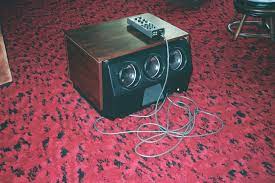
In 1977, Kloss founded Kloss Video Corporation (KVC), a testament to his undying spirit of innovation. Here, he invented the Novatron tube, revolutionizing the efficiency and performance of projection TVs. Despite pioneering in large-screen video projection systems, Kloss faced fierce competition from lower-cost Japanese models. KVC, after a valiant struggle, sold its assets and dissolved in 1990.
The early 1980s saw Kloss continue to push the boundaries of video technology, particularly with the Novabeam projector. It encapsulated Kloss’s philosophy of bringing high-quality video into everyday living spaces, transforming the way families experienced movies and television. The Novabeam projectors, notably large with a seventies-era Sci-Fi aesthetic, were widely available by 1983 and promoted for events like the 1984 Olympic Games.
But Kloss’s restlessness for improvement and innovation didn’t stop at video. He returned to his first love, audio, with the founding of Cambridge SoundWorks in 1988. This venture marked a return to his roots – creating exceptional audio products that were both technically superior and affordable. Cambridge SoundWorks emerged at a time when the home theater concept was just taking shape, and Kloss, true to form, was at the forefront of this evolution.
Cambridge SoundWorks, co-founded with Tom DeVesto, was quite successful, producing dozens of different models of speakers and table radios. Initially selling products through a catalog, the company soon moved into online sales, becoming the first hi-fi company to do so. By the early ‘90s, Cambridge SoundWorks expanded with 30 retail outlets, revolutionizing home audio with products like the Ensemble speaker system, which brought a piece of the concert hall into the living room.
During this period, Kloss also dabbled in radio once again, creating the Model 88 radio for Cambridge SoundWorks. The Model 88 was a nod to his early days at KLH, a blend of nostalgic design with contemporary technology. It was as if Kloss was having a conversation with his younger self, merging the zeal of his early days with the wisdom of his later years.
This era in Kloss’s life was a testament to his enduring spirit of innovation. He never rested on his laurels; instead, he continually sought new challenges, new frontiers to conquer. His work during this time enriched the tapestry of his career and left an indelible mark on the worlds of audio and video technology. Kloss, the Renaissance man, was not just living through an era of technological change; he was orchestrating it, one groundbreaking innovation at a time.
The Legacy of Henry Kloss: An Ode to Pure Sound
Kloss’s contributions to the world of sound and vision are monumental. His pioneering work included developing the world’s first acoustic-suspension speaker, full-range electrostatic speaker, portable solid-state record player, first reel-to-reel tape recorder with Dolby noise reduction, high-fidelity cassette deck, and the first large-screen color projection television for home use. The KLH Model Eight radio, the Advent Loudspeaker, the Advent VideoBeam 1000, and the innovations at Cambridge SoundWorks are not just milestones in Kloss’s career but landmarks in the history of consumer electronics. These products didn’t just fill rooms with sound and images; they enriched lives, making the sublime beauty of high-quality audio and video accessible to everyone.
Beyond the tangible products, Kloss’s enduring impact lies in his philosophy. He believed in the democratization of quality, in the idea that high-fidelity sound should not be the exclusive domain of the elite. This principle drove his innovations and defined his career. He didn’t just build products; he built a bridge between the world of high-end audio and the everyday consumer.
The industry recognized Kloss’s genius with numerous accolades. He was one of the first 50 people inducted into the Consumer Electronics Hall of Fame, alongside figures like Nikola Tesla and Alexander Graham Bell. In 1997, the same year Cambridge SoundWorks was acquired by Creative Labs, Kloss won an Emmy Award for his pioneering development of 3-CRT video projectors.
However, Kloss’s genius was matched by his modesty and practicality. He was known for his simple attire and direct approach to problem-solving. His life in Cambridge was unassuming; he was often seen riding an old bicycle or driving a durable car. Kloss’s personal life was a reflection of his professional ethos: practical, unpretentious, and focused on delivering quality over seeking profit. This humble approach extended to his interactions with customers, often personally helping them with long-discontinued replacement parts.
His legacy, like his inventions, transcends time, continuing to influence and define the world of audio and video technology. Kloss passed away suddenly on January 31, 2002, from a subdural hematoma, just weeks before his 73rd birthday. The maestro of high fidelity may have left the stage, but his music plays on, an ode to pure sound that continues to inspire and delight. In every crisp note and clear chord, in every moment of auditory bliss, the spirit of Kloss’s work lives on, a lasting tribute to a man who dedicated his life to the perfection of sound.

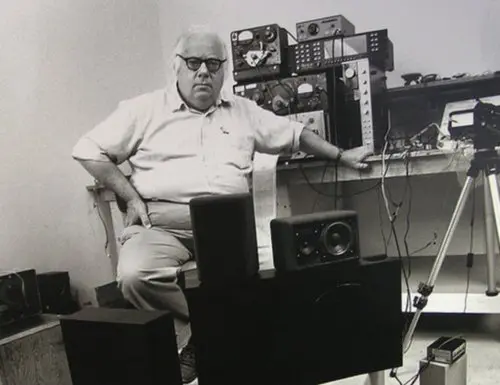


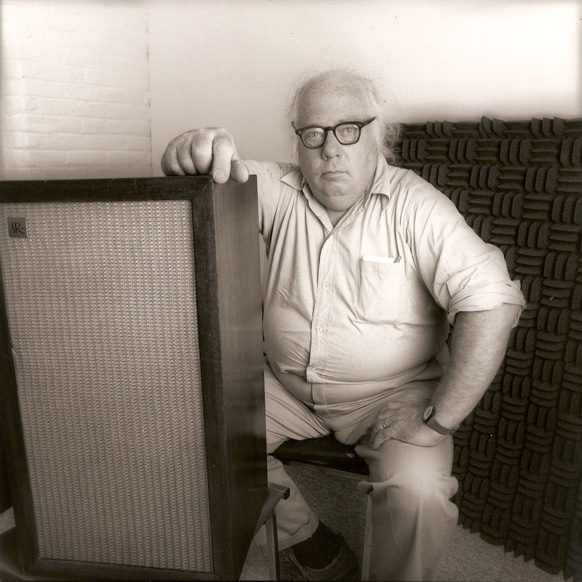
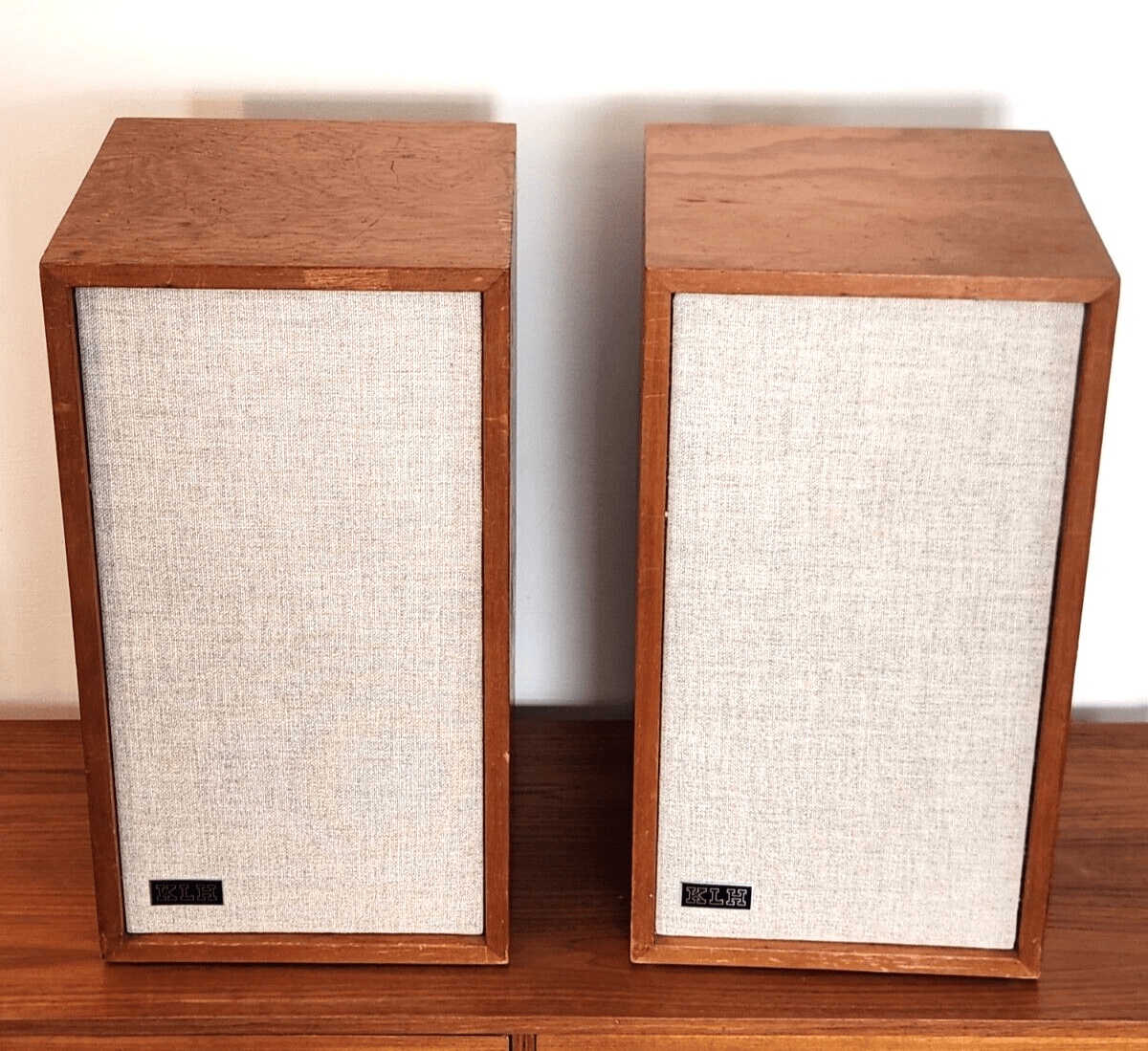

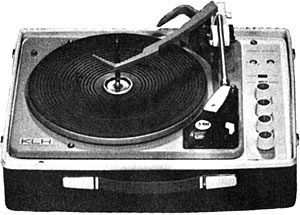

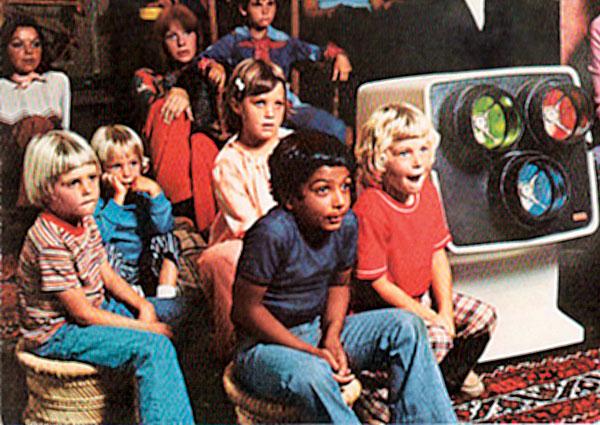
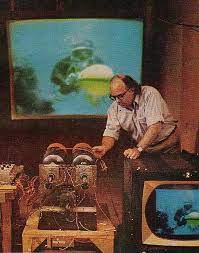
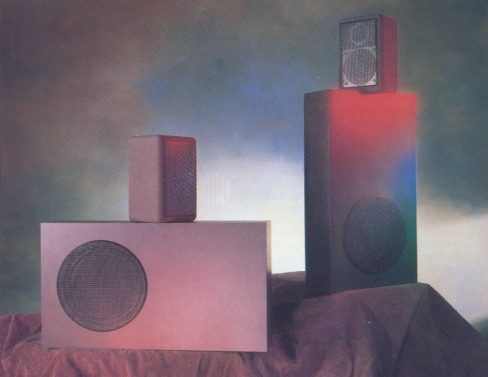
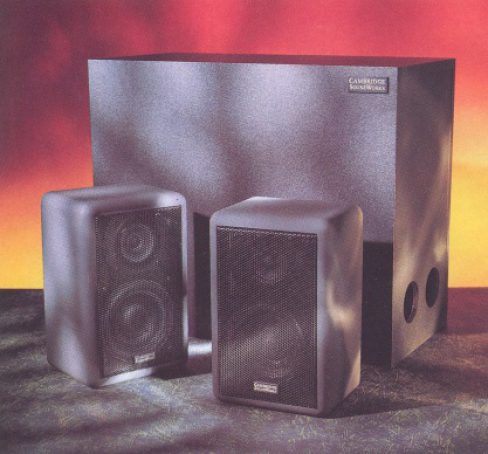
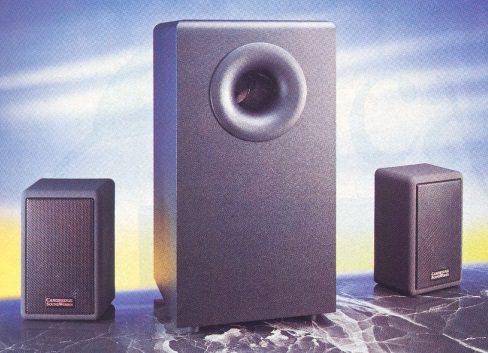



Leave a Reply